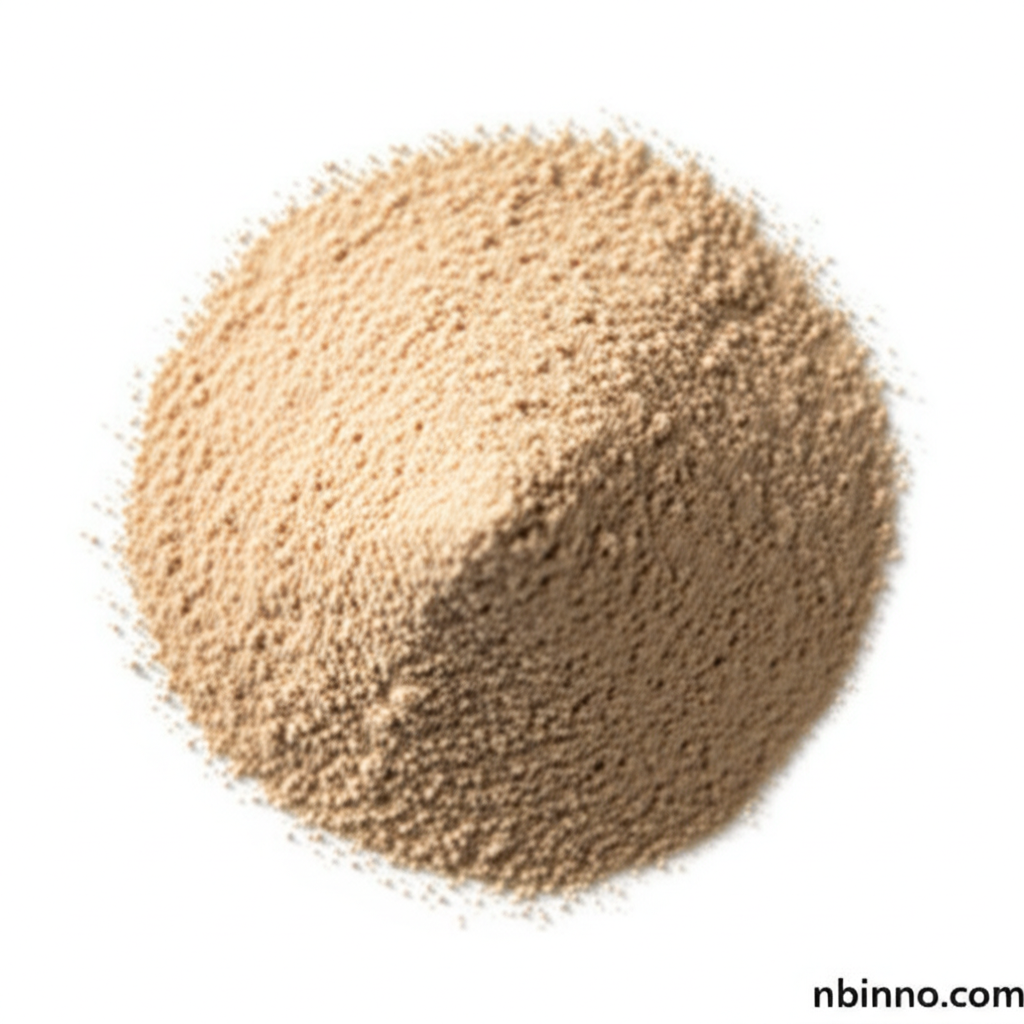2,3-Dichloroquinoxaline: Synthesis, Properties, and Applications
Explore the multifaceted world of 2,3-Dichloroquinoxaline, a key compound in modern chemical synthesis.
Get a Quote & SampleProduct Core Value

2,3-Dichloroquinoxaline
As a crucial heterocyclic organic compound, 2,3-Dichloroquinoxaline (CAS 2213-63-0) serves as a highly versatile building block for the synthesis of a wide array of quinoxaline derivatives. Its unique chemical structure facilitates nucleophilic aromatic substitution reactions, making it indispensable in creating complex molecular architectures for pharmaceutical and material science applications.
- Discover the synthesis pathways for 2,3-dichloroquinoxaline, a key step in developing novel chemical compounds.
- Understand the essential properties of 2,3-dichloroquinoxaline, enabling precise chemical reactions.
- Explore the diverse applications of 2,3-dichloroquinoxaline as a vital intermediate in drug discovery and material science.
- Learn about the safety considerations and handling of CAS 2213-63-0, ensuring responsible laboratory practices.
Key Advantages
Versatile Synthetic Intermediate
The reactive nature of 2,3-dichloroquinoxaline makes it an excellent starting material for creating quinoxaline derivatives with potential antimicrobial activity, a critical area of research.
Pharmaceutical Potential
Researchers leverage this compound for synthesizing anticancer quinoxaline derivatives, contributing to the development of new therapeutic agents.
Foundation for Innovation
As a fundamental organic synthesis reagent, 2,3-dichloroquinoxaline supports innovation across various chemical disciplines.
Key Applications
Organic Synthesis
Utilize 2,3-dichloroquinoxaline in SNAr reactions to build complex heterocyclic frameworks, essential for creating novel organic compounds.
Pharmaceutical Research
Its derivatives are explored for their potential as antimicrobial agents and in the fight against cancer, highlighting its role in life sciences.
Material Science
This compound serves as a precursor for specialized materials, contributing to advancements in optoelectronics and other high-tech fields.
Chemical Intermediates
As a critical chemical building block, 2,3-dichloroquinoxaline supports the creation of a broad spectrum of specialized chemical products.
